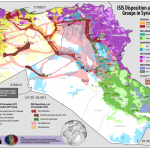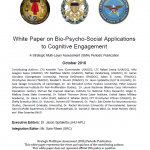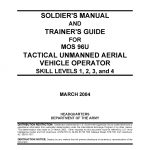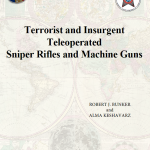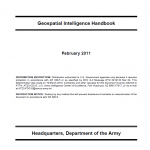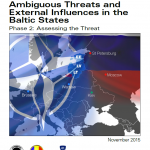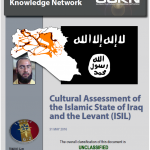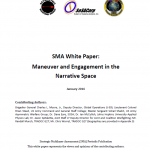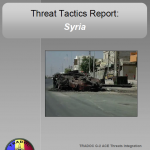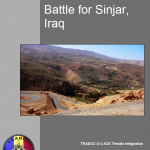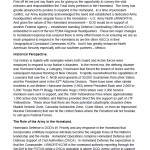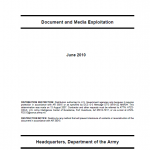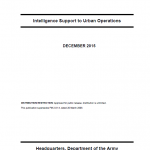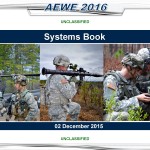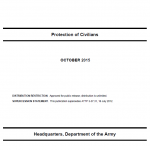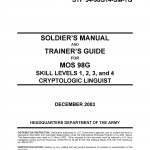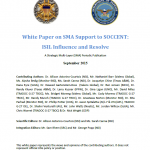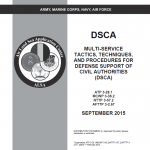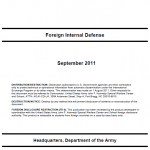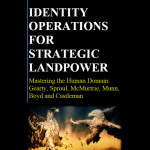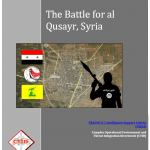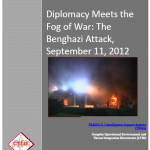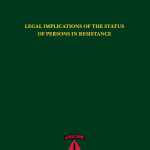
The purpose of this study is to provide a synthesis of the prevailing issues and analysis concerning the legal status of persons in resistance. This document refers broadly to resistance and those involved in it, meaning those individuals comprising the resistance element, US personnel supporting or countering the resistance, and the standing government. In alignment with this focus, the document explores the status of personnel particularly in foreign internal defense (FID), counterinsurgency (COIN), and unconventional warfare (UW) operations. When originally conceived, this manuscript was to be an updated volume of the 1961 American University Special Operations Research Office (SORO) study, The Legal Status of Participants in Unconventional Warfare. The National Security Analysis Department (NSAD) of the Johns Hopkins University Applied Physics Laboratory (JHU/APL) was asked by the US Army Special Operations Command (USASOC), G-3X Special Programs Division, to review and analyze the historical use of international law, the law of land warfare, and applicable international conventions and update the SORO study accordingly and also include unique legal considerations regarding the status of irregular forces. Because many aspects of both law and policy have changed since the 1961 publication, particularly within the context of US involvement in Afghanistan and Iraq, USASOC requested that this manuscript be a new document to account for these changes, highlight key legal questions, and position these questions within the context of hypothetical scenarios and historical examples.

